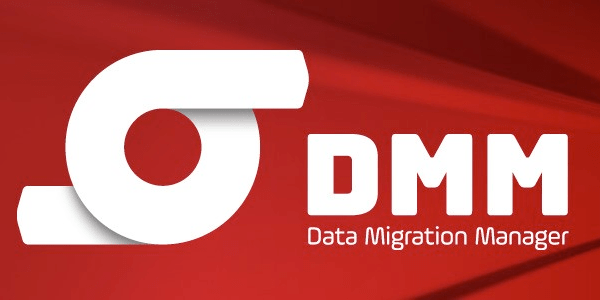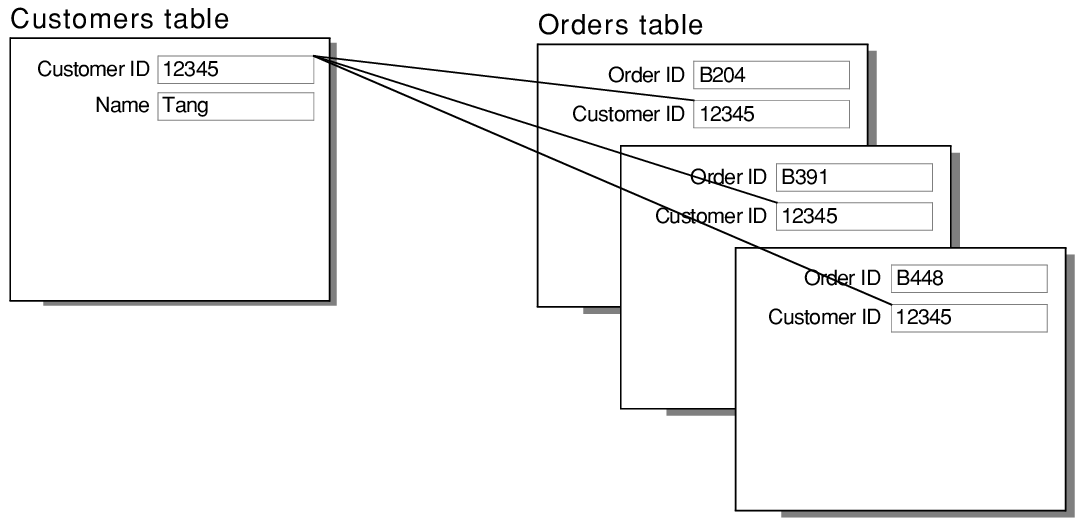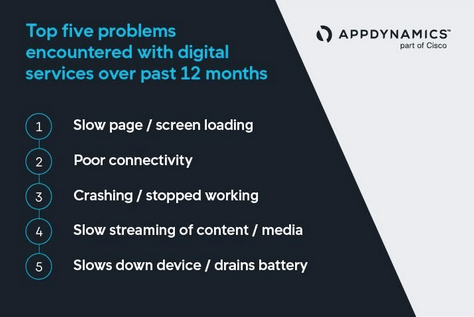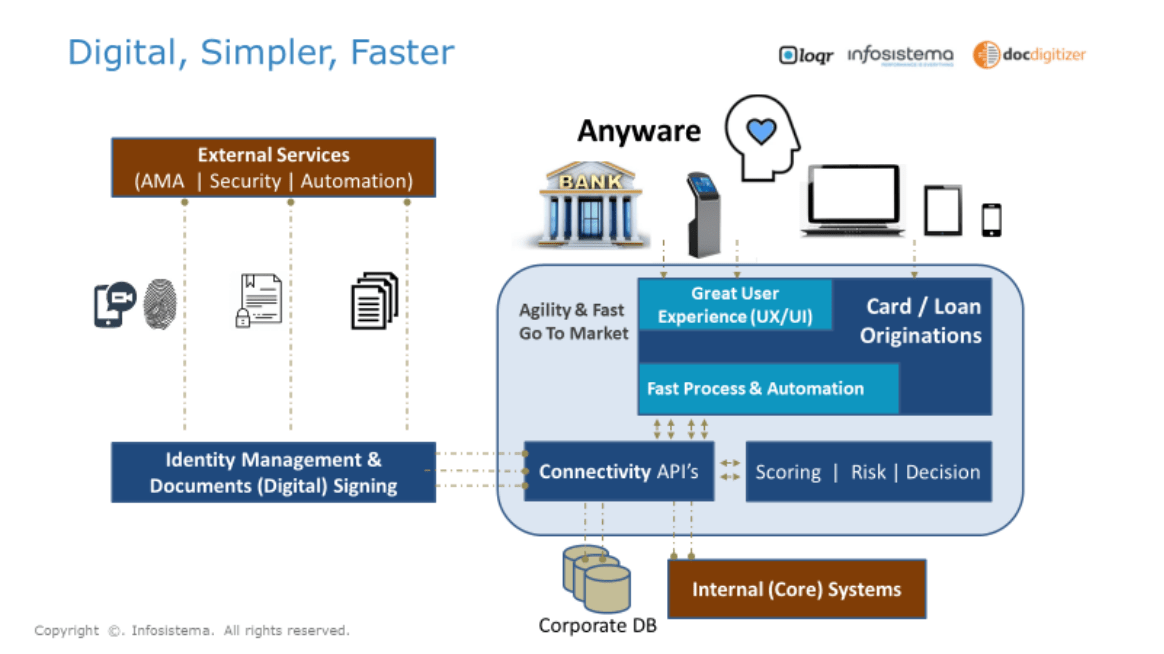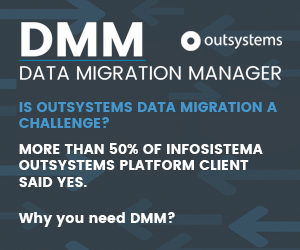Playing it safe in an ever-changing era…
Efficient, agile, scalable, fast solutions that ensure high levels of competitiveness. I would say that, in general, this is what organisations are looking for to be able to meet the needs and demands of their clients and, thus, be able to thrive in the market they operate.
 Today, it’s hard to predict and anticipate anything! We live in changing times (pessimistic will think), times of challenges and opportunities (according to the optimists), but the truth is this: it is crucial to learn to cope with change and to face this constant updating and adaptation as natural.
Today, it’s hard to predict and anticipate anything! We live in changing times (pessimistic will think), times of challenges and opportunities (according to the optimists), but the truth is this: it is crucial to learn to cope with change and to face this constant updating and adaptation as natural.
Focused on securing the business, following the strategy outlined to achieve the proposed results, organisations should be able to identify the activities that, leaving their core, can be entrusted to partners. The goal is not only to free up internal resources but also to guarantee quality in the project to be done because the high levels of specialisation and the time of involvement required seldom match the resources of the organisation.
In addition, we are faced with technological developments and their trends, which can by no means be relegated. If we want to gain competitive advantage and respond to growing competition pressure, we must maximise the opportunities offered by technology.
In this context, Business & Software Factories (BSF) arise, set on investing in highly specialised teams, which, through the simplification of processes, guarantee the agility and flexibility necessary for the realisation of projects, mitigating all business needs.
This BSF model, coupled with a technology like OutSystems, proposes the delivery of Projects and not resources (the standard practice of Outsourcing). That is to say the provision of a team with the right know-how, depending on the level of complexity of the organization, can deal with the area of business, the area of IT or mediate the relationship between the business area and the area of IT of the organization, thus collaborating in the planning of the best approach to be made and developing the project with the highest quality, minutia and precision. I would say that the great advantage is to be able to make the best decisions, for the client, through a holistic vision. Being assured that each team member is focused on delivering the project with the best quality possible! The client thus ceases to be concerned with issues related to the management of human resources, which are managed by those who already have a well-prepared and well-oiled team to respond promptly to the challenges.
All this work is ensured by multidisciplinary teams (Functional Analysis, Architecture, Project Management, Development, Usability, Security, etc.) that allow the holistic approach to the projects mentioned before. Generally, as a project develops, several components and people with different skills are needed, and, in this case, there is no reason to hire all these people. The weight of having several resources, each with its competence, is eliminated.
The rapid capacity to change the size of the team, to cope with project peaks (size/capacity increase) and focus periods in corrective/evolutive maintenance (size/capacity decrease) is another aspect to highlight. Whenever necessary, the team can be assigned, without this representing a permanent cost for the client. Being that the retention of know-how in the team and not in the resources allocated to the customer allows reacting to situations of rotation of consultants, without lengthy periods of business and architectures learning.
Given the current market, with no margin for major indecisions, we must know how to delegate work and choose reliable partners. Quality assurance, 100% focus on the project, knowledge about every detail between a team with the same DNA and that, whenever necessary, exchange synergies with each other, translates into greater agility and efficiency of processes, innovation and quality, with the added value of being able to remain in control and, in certain situations, even lower costs for project implementation.
By Sérgio Pereira

